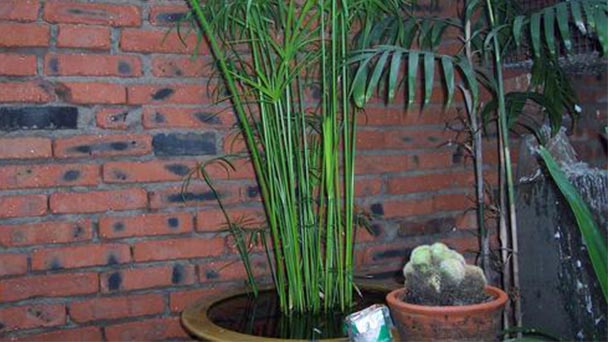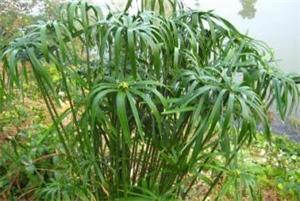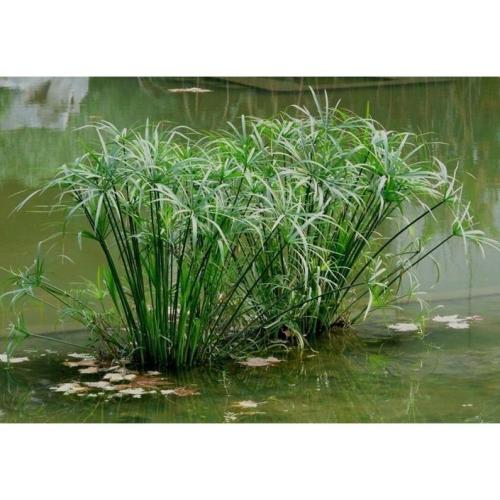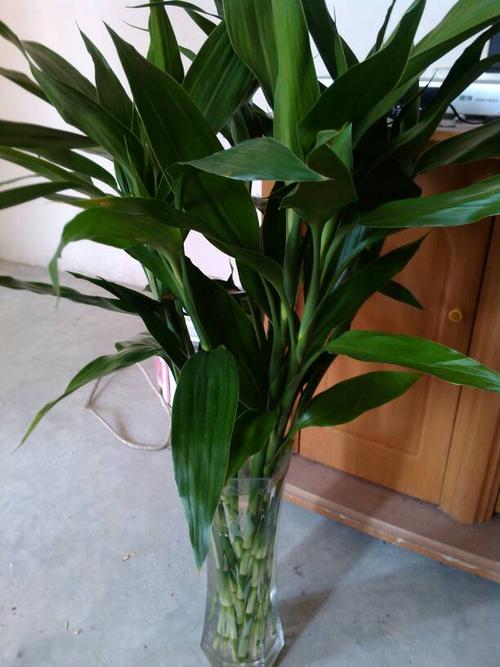How to care for Phyllostachys heteroclada
Written by Maggie
Aug 24 2021

Now more and more people begin to grow Phyllostachys heteroclada, because Phyllostachys heteroclada leaves are emerald green, and easy to grow, having very good effect on the adornment of the family. Phyllostachys heteroclada can be grown in water or in pots. Since so many people are raised at home, how to care for Phyllostachys heteroclada? Let's take a look.

How to care for Phyllostachys heteroclada leaves yellowing
Growing Phyllostachys heteroclada in the pots, it needs to adapt to a period of time, and the leaves yellow belong to the normal phenomenon. We need to reduce the water stop and fertilization. If it turns yellow in the vigorous growth period, we need to check whether the root rot, adding nitrogen every half a month of time. During the winter growing we need to keep a constant temperature of 20 ℃ environment.
1. Adaptation stage of Phyllostachys heteroclada
The phenomenon of yellowing of phyllostachys heteroclada is normal. During the adaptation phase of the Phyllostachys heteroclada, which requires reducing watering times, stopping fertilization and maintaining good ventilation. In about two weeks, the Phyllostachys heteroclada will adapt to the surrounding environment.
2. Trim rotten roots of Phyllostachys heteroclada
During the growth period, the roots of the Phyllostachys heteroclada should be checked for yellowing. In general, root rot can occur, so the rotten roots should be pruned away in time, and the soil with strong loose ability should be selected for planting. After planting, the roots should be disinfected with diluted polyphenols.
3. Nutrients for Phyllostachys heteroclada
In the period of vigorous growth, if fertilizer is in short supply, yellow leaves will appear. At this time, some nitrogen fertilizer should be timely added. Especially in the period of vigorous growth in spring and Autumn, the thin nitrogen fertilizer can be applied every half month to improve the phenomenon of yellow leaves.
4. The temperature for Phyllostachys heteroclada
The temperature requirement of the Phyllostachys heteroclada is also high. In general, the temperature needs to be maintained at 20 ° C. Below 5 ° C, plants will suffer frostbite and leaves will turn yellow gradually. Therefore, it is necessary to move the Phyllostachys heteroclada into the indoor environment during winter breeding to maintain the normal environment.

How to care for in the process of root rot
In the process of Phyllostachys heteroclada growth, if the water quality variation, fertilizer applied long roots is very easy to corrupt, it can also be caused by the low temperature in winter frostbite. Long time not to give the cutting process, also can make its roots rot, suffer harm from diseases and pests. Its roots will decay and the best will first roots rotted shall timely treatment, and need to change the water conservation, and measures need to be warm in winter.
1. Water and fertilizer for Phyllostachys heteroclada
During the growing process, the root of Phyllostachys heteroclada is prone to rot if water is not exchanged or overfertilized, which will affect the normal growth of the plant. The plant needs to be removed from the water, the rotting root needs to be cut off, and the rotten root needs to be restored with fresh water.
2. Temperature for Phyllostachys heteroclada
If the Phyllostachys heteroclada lies in the growth process, during the curing in cold weather in winter, the root of the plant will suffer frostbite if not kept warm, and the root will rot easily. The growth temperature should be controlled first, then the rotting root should be cut off, and the root should be placed in the sunshine for curing.
3. Timely pruning for Phyllostachys heteroclada
The causes of Phyllostachys rot root lie in the heteroclada concept. In general, during the breeding process, the roots need to be pruned continuously, otherwise the growth of the roots will be affected if the roots grow too long. Therefore, the roots need to be immediately treated with a card-scissors and sterilized with polybacteriums should be sprayed for better growth.
4. Pests and diseases of Phyllostachys heteroclada
Growing Phyllostachys heteroclada in water, if subjected to the harm of diseases and pests, the water produced a large number of bacteria, so the roots of plants is rot. We need to move it to an immediately ventilated, sunny environment, and to give the plant roots rotted for processing. Also change the water curing, wait gradually to restore and drop a few drops of nutrient solution.

Latest Updated
- Benefits of Bugleweed - 7 Science-backed Health Benefits
- Bugleweed Dangers & Side Effects - Is It Poisonous?
- How to Plant Evergreen Trees - What You Should Know
- When to Plant Evergreens - Grow Guide for Evergreen Trees
- 12 Wonderful Evergreen Shrubs for Your Garden
- 12 Popular Evergreen Plants with Pictures for Beginners
- When And How To Prune A Lilac Bush Like a Pro
- How to Grow & Care for Lilac Vine (Hardenbergia Violacea)
- Japanese Lilac Tree (Syringa Reticulata) Care & Propagation Guide
- Shumard Oak Pros and Cons - What to Know
Popular Articles
- Winter maintenance of Antirrhinum Majus
- How to Grow Terminalia Mantaly Tree
- How to Grow and Care for Crossostephium Chinense
- How to grow Antirrhinum Majus in spring
- Peristeria Elata (Dove Orchid) Profile: Info & Care Guide
- Underwatered Snake Plant (Sansevieria Trifasciata) - Signs And How To Fix
- How to Care for Brazilian Jasmine Plant (Mandevilla Sanderi)
- How to Grow & Care for Graptopetalum Purple Delight in Summer
- Rosa Chinensis (China Rose): Plant Growing & Care Tips
- How to Care for Baby Sun Rose (Aptenia Cordifolia)